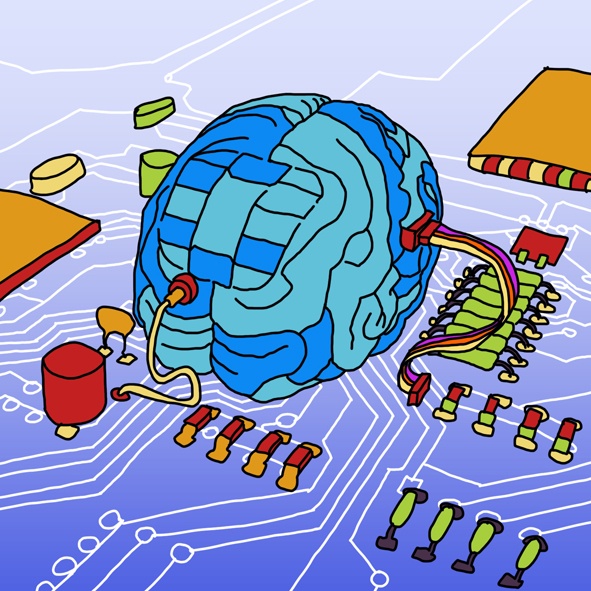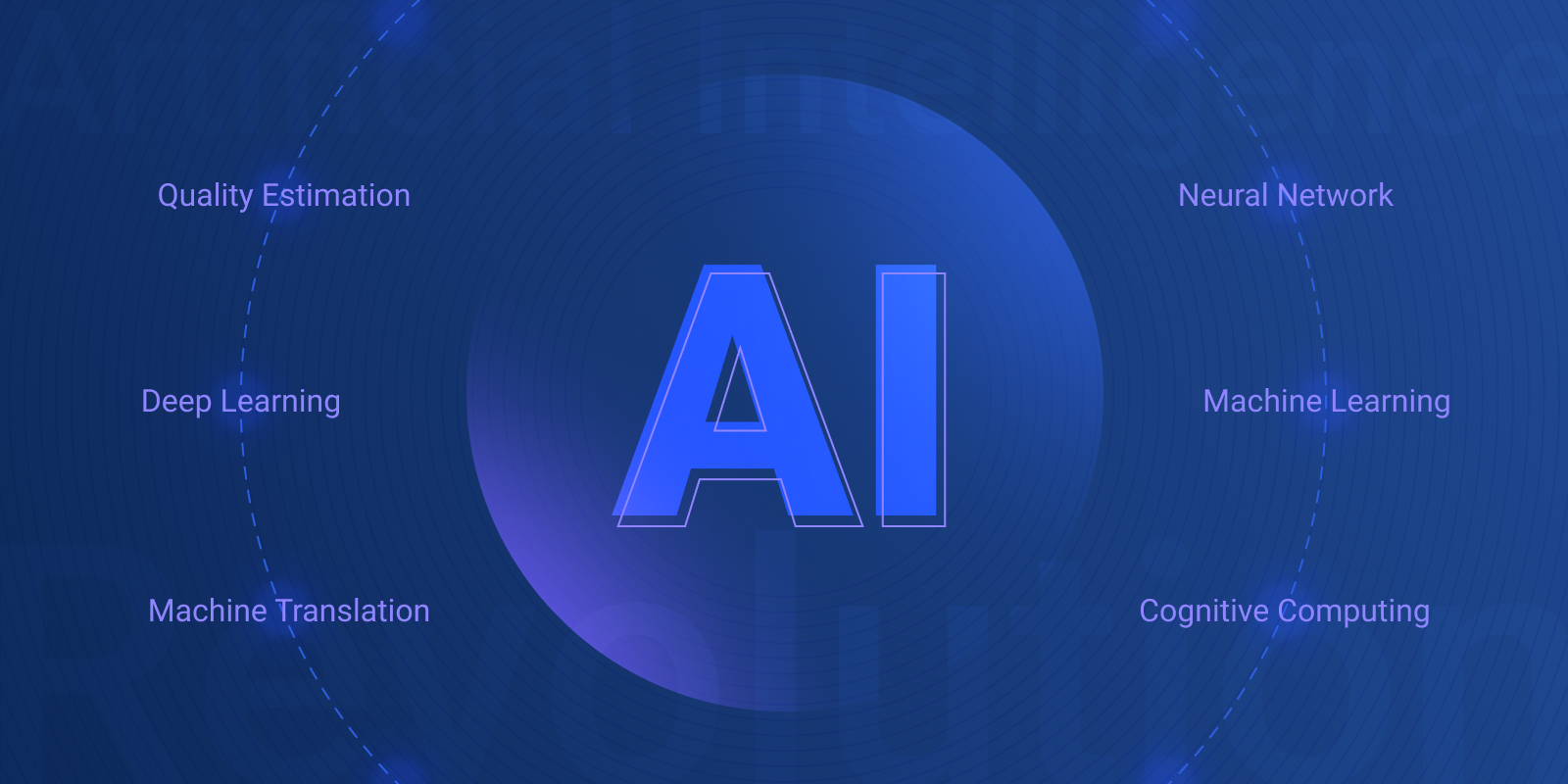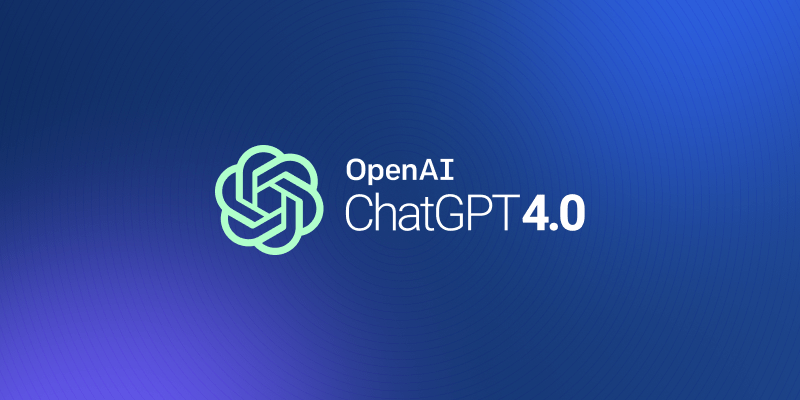Deep Learning is Coming: Why Machine Translation is Becoming Better
19/09/2016

Deep Learning is currently on the verge of breaking the quality barrier, making machine translation smarter.
Author

Maxim Khalilov is currently a head of R&D at Glovo, a Spanish on-demand courier service unicorn. Prior to that he was a director of applied artificial intelligence at Unbabel, a company disrupting the customer service market with machine translation and worked a product owner in data science at Booking.com responsible for exploitation, collection and exploitation of digital content for hospitality market. Maxim is also a co-founder of a Natural Language Processing company NLPPeople.com, has a Ph.D. from Polytechnic University of Catalonia (Barcelona, 2009), an MBA from IE Business School (Madrid, 2016) and is the author of more than 30 scientific publications.
Related Articles
16/05/2023
Understanding our new leap in Artificial Intelligence and its impact on the industry.
31/03/2023
How is ChatGPT being used by the translation industry and is it really fit for the purposes of machine translation or language data for AI applications?
30/06/2022
TAUS recently launched DeMT™. This article provides context and more information on this recipe for improved MT.



